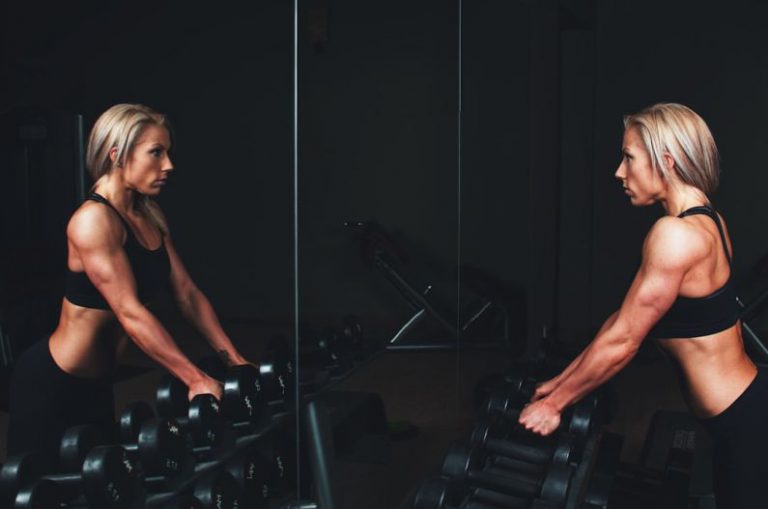Designing the Perfect Home Gym Layout
Creating a home gym can be a rewarding project that not only enhances your fitness routine but also adds value to your property. However, designing the perfect home gym layout requires careful consideration of various factors to ensure that the space is functional, motivating, and conducive to a productive workout session. From selecting the right equipment to optimizing the layout for efficiency and aesthetics, here are some key tips to help you create the ultimate home gym setup that suits your needs and preferences.
Choosing the Right Space
The first step in designing the perfect home gym layout is selecting the right space within your home. Ideally, you want a room that is well-ventilated, well-lit, and offers enough space to move freely during workouts. Consider repurposing a spare bedroom, basement, garage, or even a dedicated corner in a larger room for your home gym. Aim for a space that is away from distractions and provides a sense of privacy to focus on your fitness goals without interruptions.
Optimizing Equipment Placement
Once you have chosen the location for your home gym, it’s time to think about the placement of your exercise equipment. When designing the layout, prioritize placing larger pieces of equipment such as treadmills, elliptical trainers, or weight benches first to ensure they have enough space and are easily accessible. Consider positioning cardio equipment near windows or in front of a TV for added motivation during workouts. Smaller items like dumbbells, resistance bands, and yoga mats can be stored on shelves or in cabinets to keep the space organized and clutter-free.
Creating Functional Zones
To maximize the efficiency of your home gym layout, consider dividing the space into functional zones based on the types of exercises you plan to do. For example, designate one area for cardio workouts, another for strength training, and a separate space for stretching and yoga. This division not only helps you stay organized but also creates a clear flow within the room, making it easier to transition between different types of exercises without any disruptions.
Incorporating Mirrors and Lighting
Mirrors are an essential element in any home gym layout as they not only create the illusion of a larger space but also allow you to check your form and technique during workouts. Consider installing full-length mirrors on one or more walls to provide feedback on your movements and help prevent injuries. Additionally, adequate lighting is crucial for creating a bright and energizing atmosphere in your home gym. Natural light is ideal, but if that’s not possible, opt for bright overhead lights or adjustable lighting fixtures to set the right mood for your workouts.
Personalizing the Space
To make your home gym feel like a personalized sanctuary, consider adding motivational decor, such as inspiring quotes, framed fitness goals, or plants to create a positive and uplifting environment. Choose colors that energize and motivate you, such as vibrant shades of blue, green, or red, to stimulate your senses and enhance your workout experience. Personal touches like a sound system, wall-mounted TV, or a mini-fridge stocked with cold drinks can also make your home gym a place you look forward to spending time in.
Creating the Perfect Home Gym Layout
Designing the perfect home gym layout requires thoughtful planning and attention to detail to create a space that is both functional and inspiring. By choosing the right space, optimizing equipment placement, creating functional zones, incorporating mirrors and lighting, and personalizing the space to suit your preferences, you can design a home gym that meets your fitness needs and motivates you to achieve your goals. With the right layout in place, you’ll be well on your way to enjoying effective and enjoyable workouts in the comfort of your own home.






